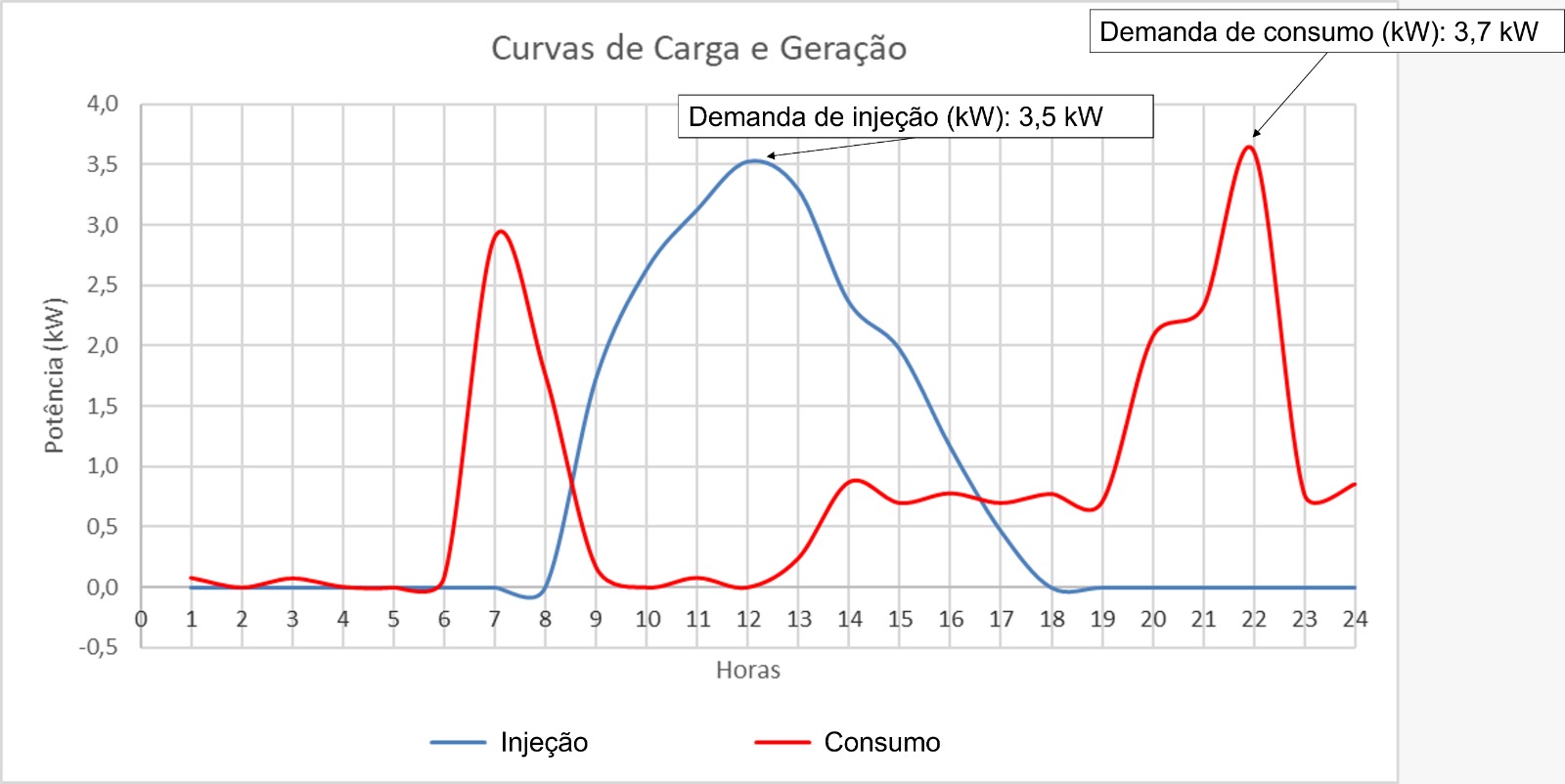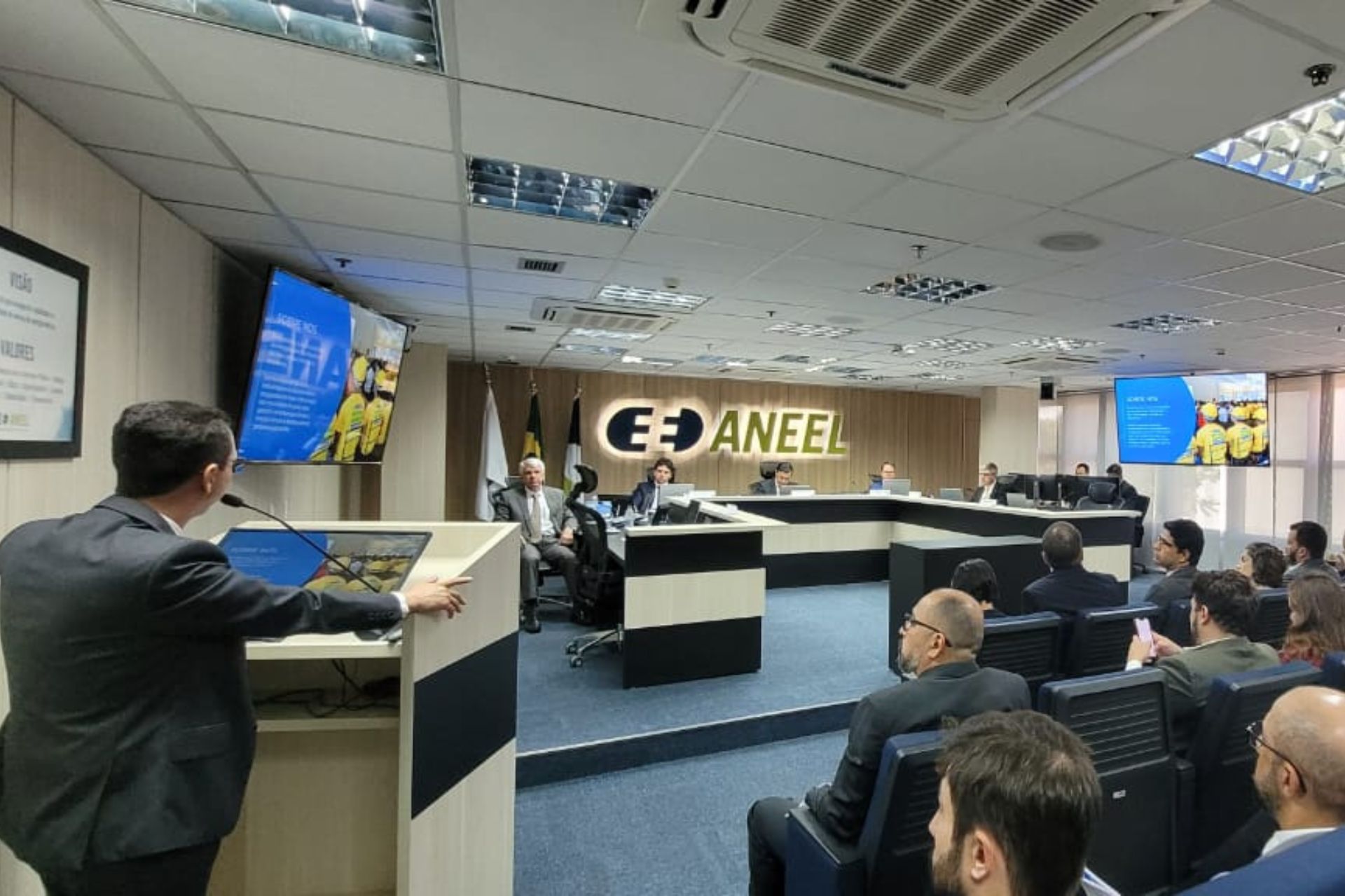The new ANEEL regulations will determine (the text has been approved, but has not yet been published) that microgeneration units classified in Group B will start paying TUSDg.
What drew even more attention is that this change would impact group B consumers who have already had their systems operating since before the Law.
According to the author of Law 14,300 himself, Deputy Lafayette de Andrada, charging TUSDg for microgeneration systems was not in the spirit of the Law.
In light of the controversy, the Agency stated that the decision is supported by Article 18 of Law 14,300, transcribed below.
Art. 18. Free access to the distribution system for units with microgeneration or distributed minigeneration is guaranteed, upon reimbursement, by consumer units with distributed minigeneration, of the transportation cost involved.
Single paragraph. When establishing the transportation cost, the tariff corresponding to the form of use of the distribution system carried out by the unit with microgeneration or distributed minigeneration must be applied, whether to inject or consume energy.
What changes in practice?
TUSDg will be charged if the unit's energy injection activity exceeds its consumption.
In the approved text, ANEEL determines that TUSD billing in group B with microgeneration or distributed minigeneration will be carried out by the following equation:
Billing Usage Injection = (Injection − Consumption) × TUSDg
Where: Injection is the measured injection demand, in kW;
Consumption is the measured demand required by the system, in kW, limited to the Injection value; It is
TUSDg is the Distribution System Usage Tariff applicable to the generating plant.
In other words, TUSDg will only be paid when, within the billing cycle, the injection demand in kW (power) is greater than the consumption demand, also in kW (power).

The text also highlights that charging “can only be carried out in consumer units where the measurement system is capable of determining the required and injection demands”.
In other words, it can only be charged if the meter installed in the consumer unit (CU) has the capacity to measure the demands in kW (power) for consumption and injection.
The text also says that billing “must only start after prior notice to the consumer unit, at least two billing cycles in advance”.
















3 Responses
It is no longer an advantage to produce energy and inject it into the system. The energy producer was literally left unguarded and the companies charge whatever they want. Here in Rio Grande do Sul, CEEE is using customers' credits and nothing happens to them, I have a customer with 3 years installed, they had 48 thousand kWh of credit in October and while they didn't pay off the customer's balance in just 3 months, They calmed down, now they sent an invoice for 5 thousand reais last month and another one now for 6 thousand reais. They sent a technician to the site who confirmed that the problem was with the generation, as we confirmed that nothing had changed in the generation, it has the same parameters as the previous measurements, the problem is with the bidirectional clock which is not cumulative and the amount injected was drastically reduced. We have no protection from anyone, unfortunately they are acting freely, to the detriment of those who made an investment to install a system. It's a robbery to charge 32.58 per kW on demand and the customer is forced to maintain at least the amount of kW informed in the project and they are just sucking at our expense.
I understand that current clocks are not prepared to perform this calculation. Replacing current watches with more modern models capable of recording this consumption would take a long time, I believe 5 years and at a very high cost on the part of the dealerships. Once the exchange is carried out, the cost will be passed on to us consumers through an increase in the electricity tariff.
in a residential installation with around 4 or 5 KWp it is easily exceeded when someone takes a shower and something else is connected to the house without paying TUEg
I imagine this will catch on even in solar farms where they can have a power of more than 5MWp and it is difficult to consume above that to be exempt.